Welcome to Our Comapny
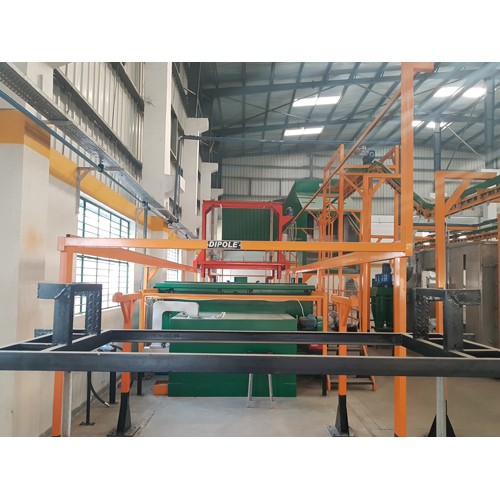
Dip Dye Pre Treatment Line
25,00,000 INR/Unit
Product Details:
- Type Dip Dye Pre Treatment Line
- Material Stainless Steel
- Computerized No
- Automatic Grade Semi-Automatic
- Control System Frequency Speed Control
- Drive Type Electric
- Warranty 1 Years
- Click to view more
X
Dip Dye Pre Treatment Line Price And Quantity
- 1 Unit
- 25,00,000 INR/Unit
Dip Dye Pre Treatment Line Product Specifications
- Stainless Steel
- Frequency Speed Control
- Semi-Automatic
- Electric
- No
- Dip Dye Pre Treatment Line
- 1 Years
Dip Dye Pre Treatment Line Trade Information
- 1 Unit Per Month
- 30-90 Days
- All India
Product Description
Dip Dye Pre Treatment Line is a system used in textile and garment industries for the pre-treatment of fabrics before the dyeing process. This line involves a series of steps to prepare the fabric for dyeing, including de-sizing, scouring, bleaching, and other necessary treatments. The fabric is typically passed through various chemical baths or tanks to remove impurities, oils, and sizing agents, ensuring optimal dye absorption and color consistency. These are designed to handle large volumes of fabric and offer precise control over process parameters such as temperature, time, and chemical concentrations. Our plant plays a crucial role in achieving high-quality and vibrant dyed fabrics in textile manufacturing.
Applications of Dip Dye Pre Treatment Line:
1. Fabric Preparation: The pre-treatment line prepares the fabric by removing any impurities, oils, dirt, or sizing agents that might interfere with the dye absorption. This step ensures that the dye can evenly penetrate the fabric, resulting in a uniform and vibrant color.
2. Color Consistency: One of the key benefits of a pre-treatment line is its ability to enhance color consistency. By properly preparing the fabric, you can achieve more predictable and reproducible dyeing results, ensuring that the desired color gradient is achieved.
3. Improved Dye Penetration: Proper pre-treatment helps open up the fibers of the fabric, allowing the dye to penetrate more effectively. This leads to a more even and long-lasting color across the fabric.
4. Reduced Waste: A pre-treatment line can contribute to waste reduction by minimizing the need for excessive dye usage. When the fabric is properly prepared, it requires less dye to achieve the desired color intensity.
5. Time and Energy Savings: By efficiently removing impurities and contaminants from the fabric before dyeing, the pre-treatment line can save time and energy during the dyeing process itself. This can also lead to faster production cycles.
6. Environmental Benefits: Proper pre-treatment can reduce the need for harsh chemicals and excessive water usage during dyeing, leading to a more environmentally friendly and sustainable dyeing process.
7. Consistent Results: Pre-treatment ensures that each batch of fabric undergoes a standardized preparation process, resulting in consistent dyeing results across different batches.
8. Reduced Defects: By addressing potential issues with the fabric before dyeing, such as uneven texture or inadequate cleanliness, the pre-treatment line can contribute to fewer defects in the final product.
9. Flexibility in Design: A well-prepared fabric can provide more flexibility for experimenting with different dyeing techniques and patterns, allowing designers to achieve unique and creative outcomes.
10. Quality Assurance: Implementing a pre-treatment line as part of the dyeing process can serve as a quality control measure, ensuring that fabrics meet certain standards before they are dyed.
11. Cost Efficiency: Although there may be an initial investment in setting up a pre-treatment line, the long-term benefits in terms of improved dyeing efficiency, reduced waste, and higher quality can lead to cost savings over time.
Advantages of Dip Dye Pre Treatment Line:
1. Enhanced Dye Absorption: Pre-treatment involves cleaning, desizing, and scouring the fabric to remove impurities, oils, and sizing agents. This results in better dye absorption and penetration, leading to more vibrant and even colors.
2. Consistent Color Results: Proper pre-treatment ensures that each fabric batch undergoes a standardized preparation process. This consistency in fabric quality contributes to uniform dyeing results, minimizing color variations and creating a harmonious gradient effect.
3. Reduced Waste: By improving dye absorption and color consistency, pre-treatment can reduce the need for excessive dye usage. This not only saves on dye costs but also contributes to a more sustainable and environmentally friendly dyeing process.
4. Time Efficiency: Pre-treatment optimizes the fabrics dye-receptive properties, allowing the dyeing process itself to be more efficient. This can lead to shorter dyeing cycles and faster production turnaround times.
5. Minimized Defects: Removing impurities and contaminants from the fabric before dyeing reduces the likelihood of defects such as uneven color distribution, blotches, or streaks. This contributes to a higher-quality end product.
6. Improved Color Fastness: Proper pre-treatment can lead to better color fastness, ensuring that the dyed fabric retains its vibrant colors even after repeated washes or exposure to sunlight.
7. Flexibility in Design: A well-prepared fabric offers more flexibility for experimenting with various dyeing techniques, patterns, and color combinations. Designers can achieve intricate and creative designs with greater precision.
8. Quality Assurance: Incorporating a pre-treatment line as a standard part of the dyeing process helps ensure that fabrics meet certain quality standards before dye application. This minimizes the chances of producing subpar or defective products.
9. Reduced Environmental Impact: Many pre-treatment processes use eco-friendly chemicals and consume less water compared to conventional dyeing processes. This contributes to a reduction in the overall environmental footprint of textile production.
10. Longevity of Equipment: Proper pre-treatment minimizes the chances of equipment corrosion or damage caused by impurities in the fabric. This extends the lifespan of dyeing machinery and reduces maintenance costs.
11. Higher Customer Satisfaction: Consistently achieving high-quality dip-dyed products through proper pre-treatment can lead to greater customer satisfaction and loyalty.
12. Cost Savings: While there may be initial costs associated with setting up a pre-treatment line, the long-term benefits - including reduced dye and chemical consumption, minimized defects, and optimized production times - can lead to significant cost savings.
FAQs ofDip Dye Pre Treatment Line:
Q1: What is a Dip Dye Pre Treatment Line?
Ans: A Dip Dye Pre Treatment Line is a series of processes and equipment in the textile industry used to prepare fabrics or garments before they undergo dip dyeing. It involves steps such as cleaning, desizing, and scouring to remove impurities, oils, and sizing agents from the fabric, ensuring optimal dye absorption and color consistency.
Q2: Why is pre-treatment important in dip dyeing?
Ans: Pre-treatment is crucial in dip dyeing because it prepares the fabric for the dyeing process. It removes contaminants that could interfere with dye absorption, ensuring even color distribution and vibrant results. Proper pre-treatment also contributes to reducing defects, saving on dye usage, and improving environmental sustainability.
Q3: What are the benefits of using a Dip Dye Pre Treatment Line?
Ans: Benefits of using a Dip Dye Pre Treatment Line include enhanced dye absorption, consistent color results, reduced waste, time efficiency, minimized defects, improved color fastness, flexibility in design, quality assurance, reduced environmental impact, and cost savings.
Q4: What processes are involved in a Dip Dye Pre Treatment Line?
Ans: Processes in a Dip Dye Pre Treatment Line typically include cleaning, desizing (removing sizing agents), and scouring (removing impurities and natural oils). These processes can be carried out using various chemicals and machinery tailored to the specific fabric types and dyeing requirements.
Q5: How does pre-treatment affect the environment?
Ans: Using eco-friendly chemicals and reducing water consumption during pre-treatment can help minimize the environmental impact of textile dyeing. Proper pre-treatment can lead to overall sustainability improvements in the dyeing process by conserving resources and reducing chemical waste.
Q6: Does every fabric type require pre-treatment?
Ans: While the degree of pre-treatment may vary based on fabric types, it is generally recommended for most fabrics to ensure optimal dye absorption and color consistency. Different fabric types may require specific pre-treatment processes to achieve the best results.
Q7: Can a pre-treatment line be customized for different dyeing techniques?
Ans: Yes, a pre-treatment line can be customized based on the specific dyeing techniques and desired outcomes. Different dyeing techniques might require slightly different pre-treatment processes to achieve the best results.
Q8: Is there a cost associated with setting up a pre-treatment line?
Ans: Yes, there is an initial cost associated with setting up a pre-treatment line, including acquiring the necessary equipment, chemicals, and skilled labor for operation. However, the long-term benefits, such as reduced defects, dye savings, and improved efficiency, can often outweigh the initial investment.
Q9: How does pre-treatment contribute to consistent dyeing results?
Ans: Pre-treatment ensures that the fabrics dye-receptive properties are optimized, resulting in more consistent dye absorption. This consistency in fabric quality leads to uniform dyeing results, minimizing color variations and creating a harmonious gradient effect.
Q10: Can a pre-treatment line be integrated into existing dyeing processes?
Ans: Yes, a pre-treatment line can be integrated into existing dyeing processes. It might require modifications to the workflow and equipment setup to accommodate the pre-treatment stages, but the benefits in terms of improved dyeing quality and efficiency can be substantial.
FAQs of Dip Dye Pre Treatment Line:
Q: What is Dip Dye Pre Treatment Line?
A: Dip Dye Pre Treatment Line is a semi-automatic machine made of stainless steel that is used for pre-treatment process in dip dyeing.Q: What is the warranty period for Dip Dye Pre Treatment Line?
A: The warranty period for Dip Dye Pre Treatment Line is 1 year.Q: Is Dip Dye Pre Treatment Line computerized?
A: No, Dip Dye Pre Treatment Line is not computerized.Q: What is the drive type of Dip Dye Pre Treatment Line?
A: The drive type of Dip Dye Pre Treatment Line is electric.Q: What is the control system of Dip Dye Pre Treatment Line?
A: The control system of Dip Dye Pre Treatment Line is frequency speed control.Tell us about your requirement

Price:
Quantity
Select Unit
- 50
- 100
- 200
- 250
- 500
- 1000+
Additional detail
Mobile number
Email


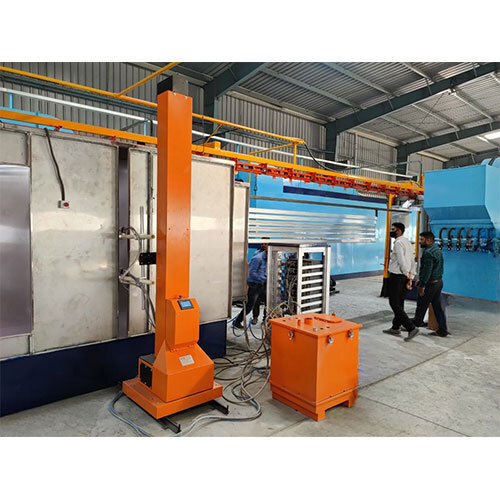
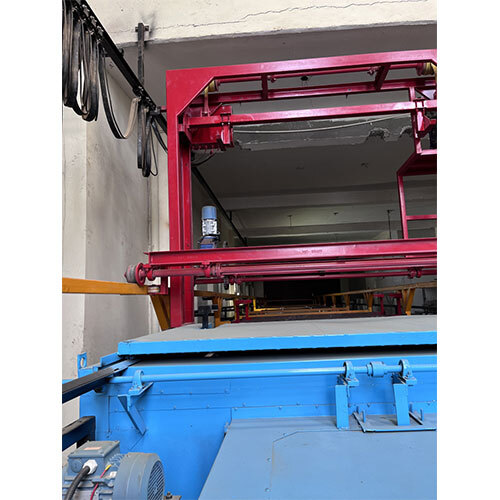
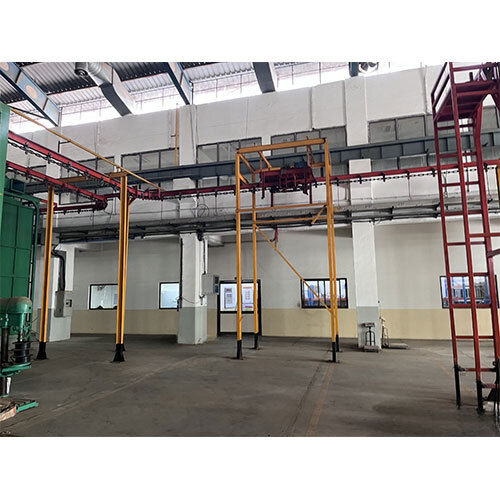
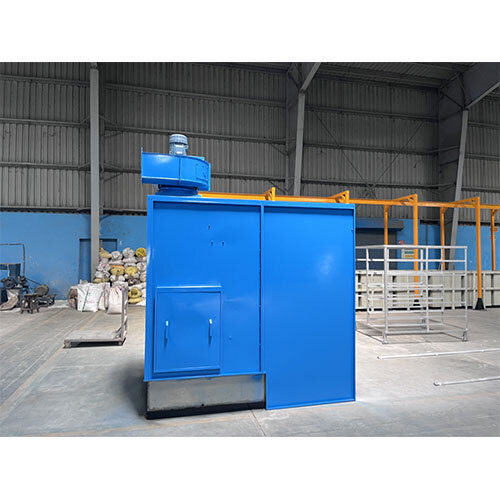


 English
English Spanish
Spanish French
French German
German Italian
Italian Chinese (Simplified)
Chinese (Simplified) Japanese
Japanese Korean
Korean Arabic
Arabic Portuguese
Portuguese